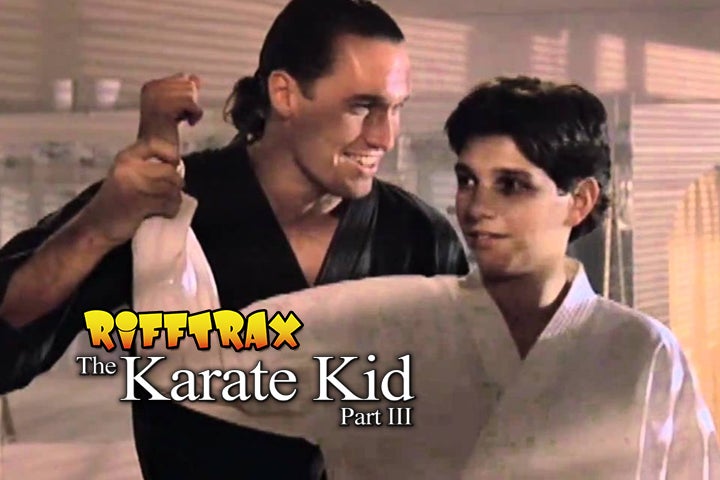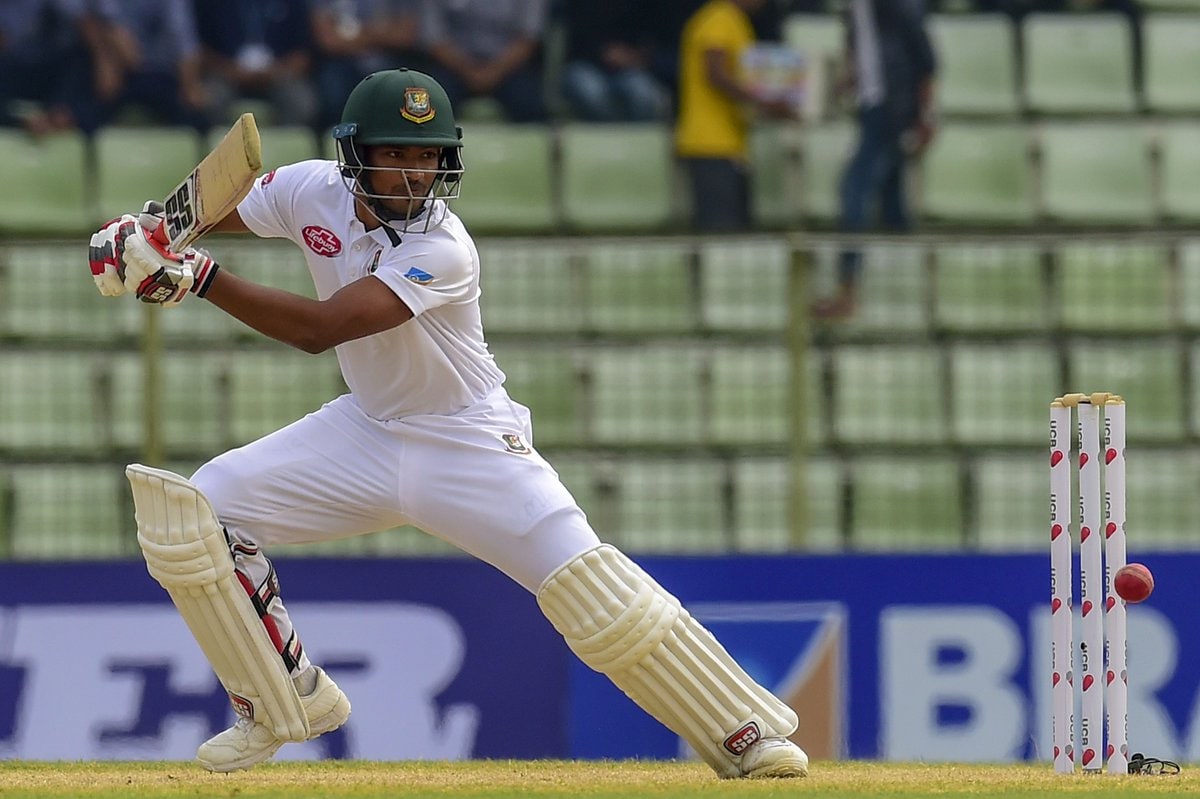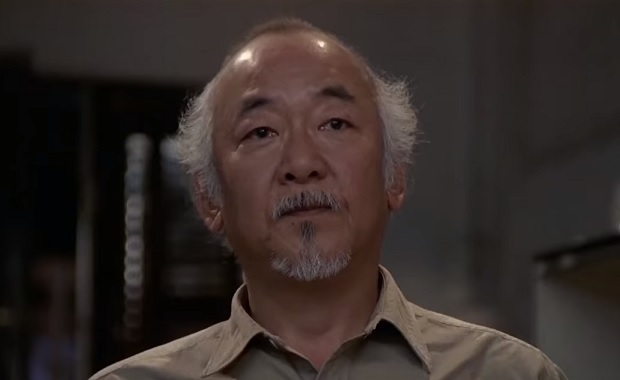The Karate Kid's Influence: How The Film Shaped Martial Arts In Popular Culture

Table of Contents
The Rise of Karate and Other Martial Arts
The release of The Karate Kid triggered a palpable surge in interest in karate. Dojos across the United States, and indeed internationally, saw a significant increase in enrollment. The film's captivating portrayal of the art, coupled with the underdog story of Daniel’s triumph, ignited a passion in many young viewers, inspiring them to seek out karate training for themselves. This wasn't limited to karate alone; The Karate Kid's influence extended to a broader appreciation of martial arts in general. Kung fu, taekwondo, and other disciplines experienced a parallel rise in popularity, fueled by the film’s widespread appeal.
While precise statistics correlating the film's release with martial arts participation are difficult to obtain comprehensively, anecdotal evidence and reports from martial arts organizations strongly support this observation. The impact is evident in:
- Increased karate dojo enrollment: Numerous dojos reported a significant jump in new student registrations following the film's release.
- Surge in sales of martial arts equipment: Demand for karate uniforms, sparring gear, and training equipment skyrocketed in the years after The Karate Kid premiered.
- More media representation of various martial arts: The film's success opened doors for other martial arts films and TV shows, further popularizing these disciplines in mainstream media.
Portrayal of Martial Arts Training and Philosophy
The Karate Kid didn't simply showcase flashy fighting moves; it delved into the core philosophy of martial arts. The film masterfully depicted discipline, perseverance, and respect – essential tenets often emphasized in martial arts training. Mr. Miyagi's unconventional teaching methods, famously exemplified by the "wax on, wax off" philosophy, became iconic. These seemingly mundane tasks were revealed to be cleverly disguised karate training, highlighting the importance of dedication and patience in mastering the art.
Beyond physical training, the film showcased the mental aspects of martial arts. It emphasized the importance of:
- The "wax on, wax off" philosophy and its symbolic meaning: This became a metaphor for the hidden depths of martial arts training and the importance of diligent practice.
- The emphasis on mental strength and self-control: The film demonstrated that martial arts is not just about physical prowess but also about cultivating inner strength and self-discipline.
- The balance between physical training and moral development: Mr. Miyagi's teachings emphasized the importance of character development alongside physical skills, reinforcing the holistic nature of martial arts.
Impact on the Perception of Martial Artists
Before The Karate Kid, the public perception of martial artists was often skewed towards stereotypes of aggressive fighters or mysterious figures. The film significantly challenged these preconceived notions. It presented a diverse range of characters, demonstrating that martial arts practitioners could come from various backgrounds and possess different personalities. Mr. Miyagi, a gentle and wise mentor, counteracted the image of a purely combative martial artist.
The Karate Kid's influence shifted the public's understanding of martial arts from solely a combative art to a path of self-improvement and personal growth. This is reflected in:
- Shift from aggressive to disciplined image of martial arts practitioners: The film portrayed martial arts as a discipline that requires self-control, patience, and respect.
- Wider representation of ethnicities and backgrounds within the martial arts community: The film featured characters from diverse ethnic and cultural backgrounds, broadening the public's understanding of martial arts participation.
- Promotion of martial arts as a path to self-discovery and personal fulfillment: Daniel's journey underscored the transformative power of martial arts in building confidence, resilience, and self-esteem.
The Enduring Legacy of The Karate Kid
The enduring popularity of the Karate Kid franchise, with its sequels, remakes, and a successful television series Cobra Kai, speaks volumes about its lasting impact. The film’s influence continues to shape the portrayal of martial arts in media, inspiring subsequent films and television shows to explore the themes of discipline, mentorship, and self-discovery. Its legacy extends beyond entertainment, contributing to a more nuanced and appreciative understanding of martial arts in popular culture.
The Karate Kid's continued influence is evident in:
- Influence on subsequent films and TV shows featuring martial arts: Numerous films and shows have drawn inspiration from The Karate Kid's storytelling and thematic elements.
- Continued popularity and relevance of the franchise in modern culture: The franchise's resurgence with Cobra Kai demonstrates its enduring appeal across generations.
- The film's impact on the perception of Japanese and Okinawan culture: The film introduced many viewers to aspects of Okinawan culture and karate's origins.
Conclusion:
The Karate Kid's influence on the popularization of martial arts is undeniable. The film transcended its genre, shaping training methodologies, challenging stereotypes of martial artists, and fostering a broader cultural appreciation for these disciplines. Its impact on the perception of martial arts, from a primarily combative art to a path of self-improvement and personal growth, is a testament to its enduring legacy. Embrace the legacy of The Karate Kid's influence and discover the transformative power of martial arts for yourself. Explore local dojos or online resources to find a martial art that resonates with you and begin your own journey of self-discovery, inspired by the Karate Kid's impact on popular culture.

Featured Posts
-
 Understanding The Legacy Of The Karate Kid Part Iii
May 23, 2025
Understanding The Legacy Of The Karate Kid Part Iii
May 23, 2025 -
 Analysis G 7s De Minimis Tariff Discussions And Their Implications For China
May 23, 2025
Analysis G 7s De Minimis Tariff Discussions And Their Implications For China
May 23, 2025 -
 Bangladeshs Determined Fightback Against Zimbabwes First Test Dominance
May 23, 2025
Bangladeshs Determined Fightback Against Zimbabwes First Test Dominance
May 23, 2025 -
 Exploring The Connections Karate Kid Legend Of Miyagi Do And The Franchises Continuity
May 23, 2025
Exploring The Connections Karate Kid Legend Of Miyagi Do And The Franchises Continuity
May 23, 2025 -
 Transformation De Maxine Affronter L Avenir En Toute Confiance
May 23, 2025
Transformation De Maxine Affronter L Avenir En Toute Confiance
May 23, 2025
